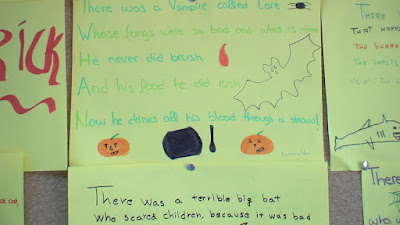The planning grid
I have already mentioned in some other blog entry that while developing this Approach to teaching English, I had the opportunity to participate in an Erasmus+ project about literacy teaching in the foreign language classroom. While designing the project, our coordinator Katarzyna Brzosko Barratt, suggested that we create a planning tool for teachers using this Appproach , and this turned out to be one of the most important outcomes of the project: the planning grid. The reason why I consider it so important is twofold: on the one hand, in my experience, most teachers do not really plan their teaching but rather rely on textbooks to do it for them. Of course, this does not mean that they follow the textbook unblinkingly, but most of their planning consists in deciding which textbooks activites to do and which to skip, or selecting tasks that can complement the textbook. And, let's be honest, teachers don't have a lot of time to plan each one of their lessons as they would ma...

